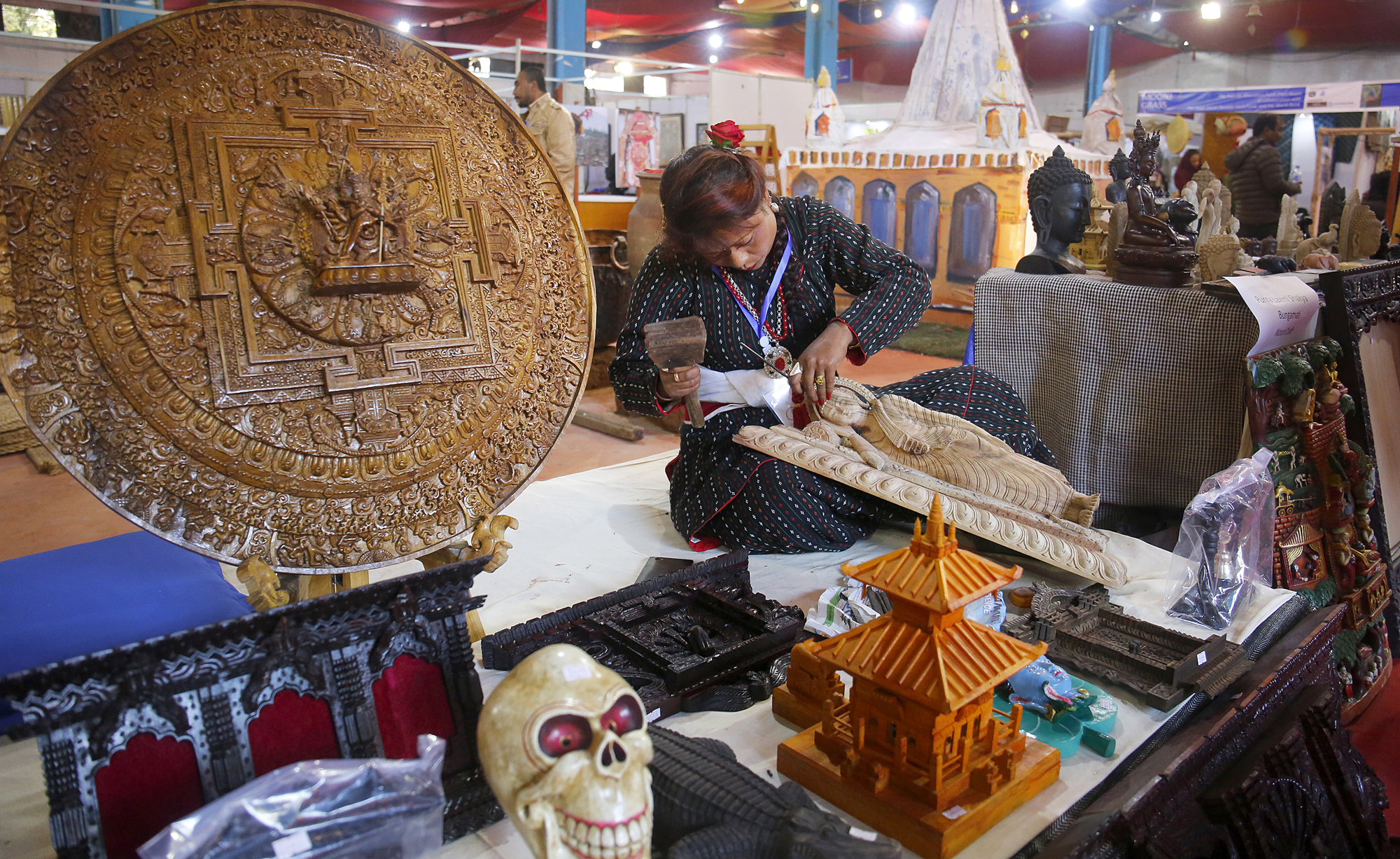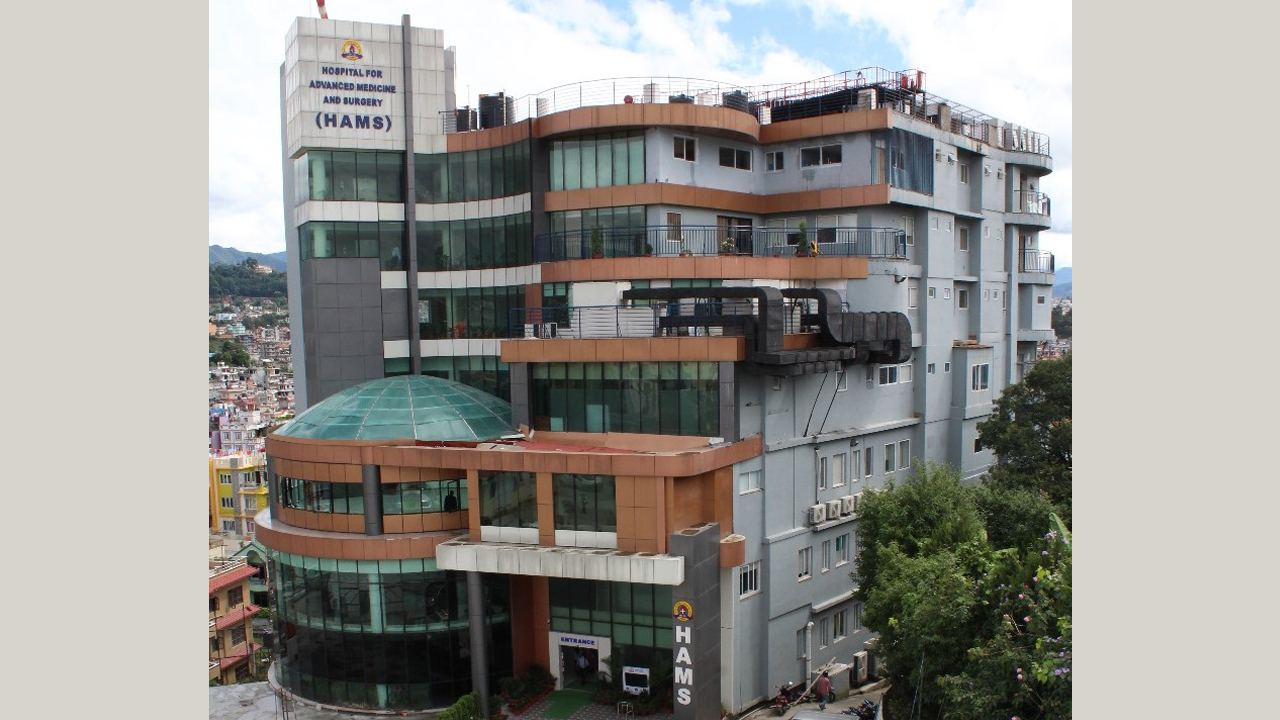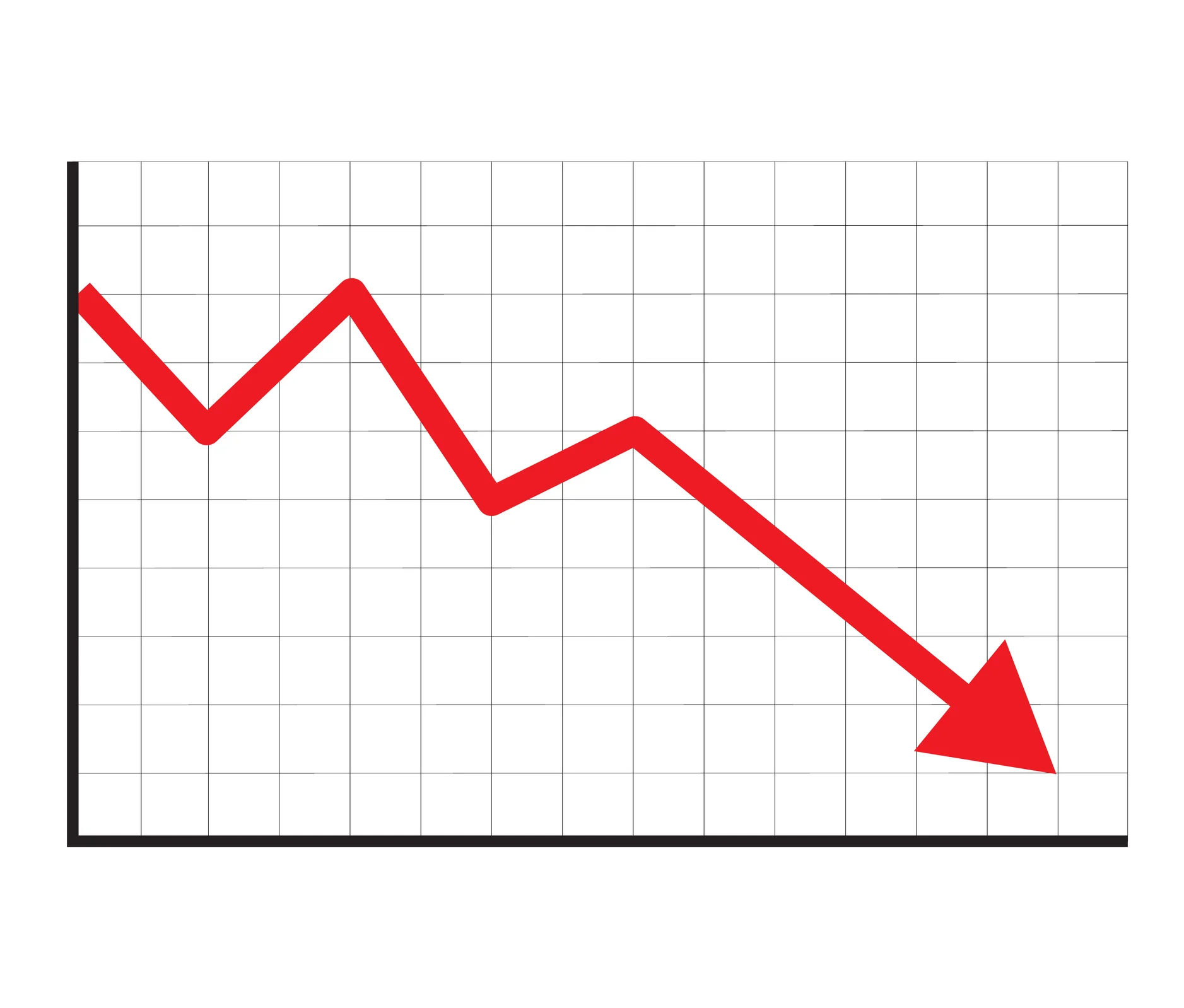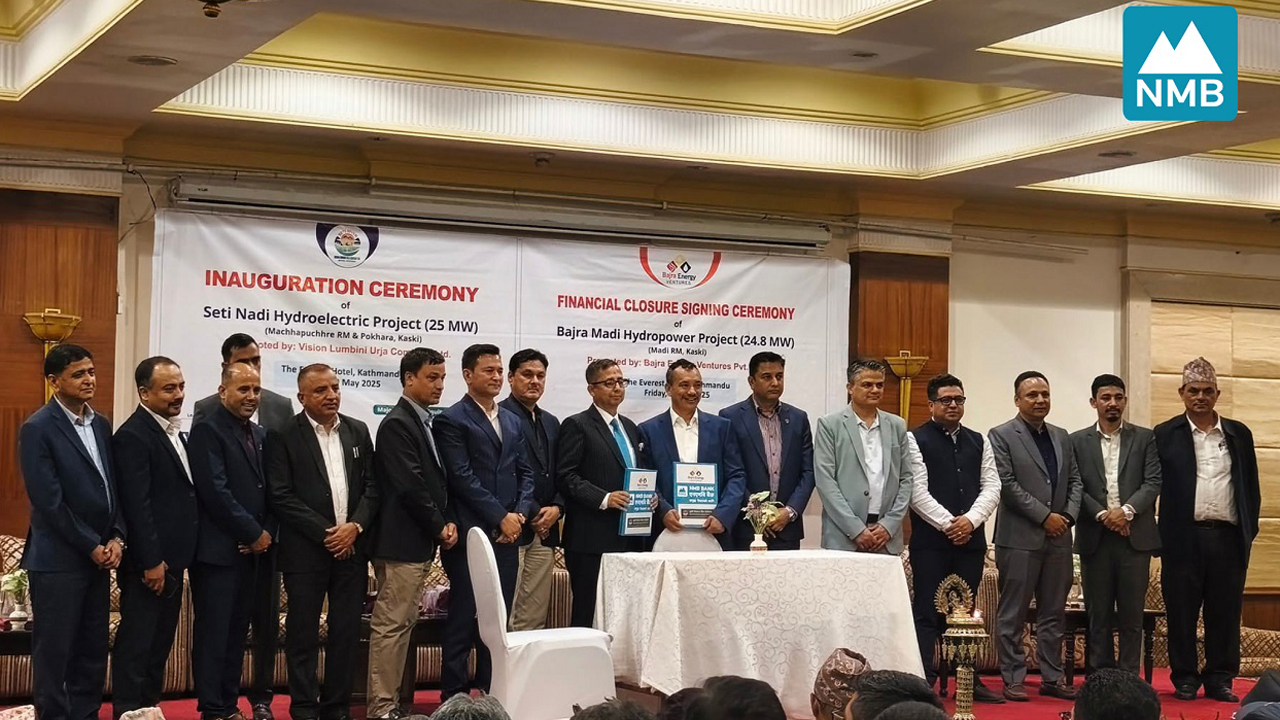Handicraft exporters on the brink of collapse amid Omicron onslaught

KATHMANDU: FEB. 1 – Carpet trader Chhatra Lal Shrestha had never imagined in his nearly three decades in the business that export orders would plunge to such lows as they did during the pandemic.
“Shipments of woollen carpets, one of the key foreign exchange earning products, have fallen by more than 40 percent since Covid-19,” moaned Shrestha, proprietor of Bivek Carpet Udyog.
Businesses were still reeling from the blow dealt by the Delta variant when they were hit by the Omicron outbreak, traders said.
For many Nepali traders, China is the major buyer of their carpets. After shipments by overland transport dried up, they have been dispatching their products by air.
“It is expensive and not easy at all,” Shrestha told the Post.
Despite a rise in the cost of production, Shrestha has not been able to increase prices for fear that higher price tags would push down demand further. “We are in trouble financially,” he said. “We even have to send goods on credit sometimes.”
Shrestha has around 70 employees and has been managing to pay his office overheads and staff salaries by taking loans.
“We cannot operate without taking loans. But with rising interest rates, we are having great difficulties,” he said.
Shrestha used to export his products not only to China but also to Germany, the United States and France before the pandemic. He imports wool and other raw materials from China, India and New Zealand.
The export of woollen carpets has increased in terms of value but the quantity has gone down.
According to the Trade and Export Promotion Centre, the export value of woollen carpets swelled by 24.66 percent to Rs4.37 billion in the first half of the current fiscal year from mid-July 2021 to mid-January 2022 compared to the same period in the last fiscal year.
In terms of volume, shipments totalled 221,603 square metres of carpet, down from 265,948 square metres during the first half of the last fiscal year.
The never-ending coronavirus outbreak has increased shipping costs and prices of raw materials, resulting in a decline in demand in overseas markets. Carpet entrepreneurs say they are battling for survival.
Dharma Raj Shakya, former president of the Federation of Handicraft Associations of Nepal, said that the handicraft business was yet to determine the effects of the emergence of the Omicron variant, but exports had gone into a downward spiral.
“The Omicron outbreak may have slashed business by more than half,” Shakya said.
The handicraft business too was reviving after the second wave but received another wallop. “It’s again suffering.”
Nepal exported handicraft goods worth around Rs6 billion before the pandemic in the fiscal year 2019-20 which declined to Rs3 billion in the last fiscal year.
“As traders started to clear their backlog of orders, exporting more than Rs4 billion worth of handicraft products in the first six months of the current fiscal year, the Omicron outbreak has hit export growth again,” Shakya said. “We don’t know to what extent it will ruin the business.”
According to Shakya, most of the raw materials used to make handicraft goods like pashmina, felt, gold and silver jewellery and metal craft are imported.
Shakya, who deals in stone carvings, said that exports had declined drastically with little local demand.
As per official data, exports of paintings and statues in the first six months of the current fiscal year fell by 6.46 percent year-on-year to Rs280.22 million.
Local and international trade fairs used to provide a big boost to sales and export orders, but not one trade fair has been held since the pandemic, handicraft entrepreneurs said.
“Trade fairs used to be organised internationally like in China before the pandemic, and we used to sell lots of goods. We used to get a good return and increased business with the government subsidising our trips,” Shrestha said.
-Kathmandu Post










